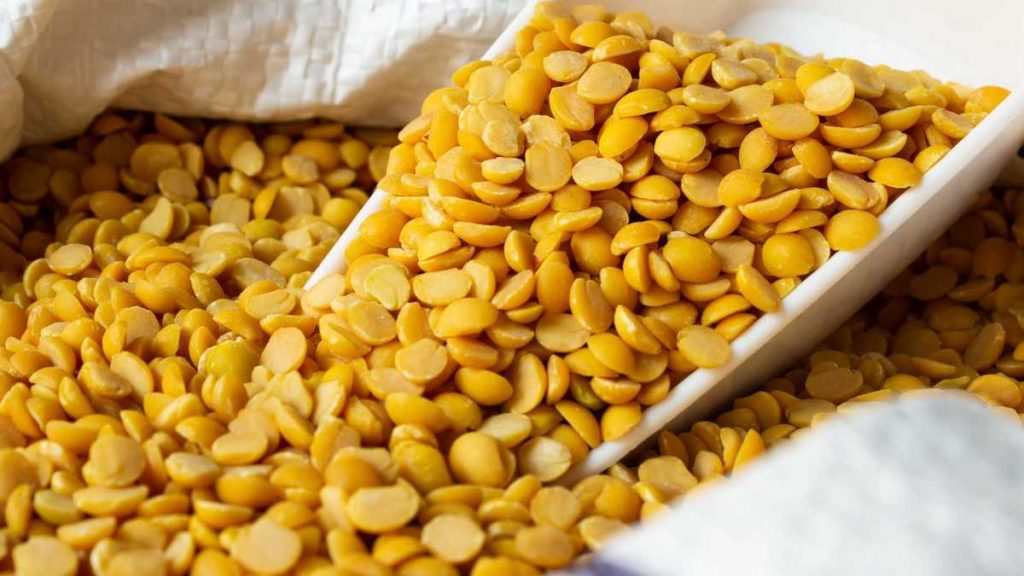Toor or Tur Dal (also called arhar or split pigeon pea) is one of the most commonly used pulses in India. And surprisingly, it has lately been in the news for getting too expensive, rather than any of its health-related properties. However, if you are wondering about the health benefits or side effects (mainly anti-nutritional properties) of consuming toor dal, this article will provide the necessary information.
Related: 7 Veggies For Adding Flavor & Health To Toor Dal
If you regularly eat Indian food, particularly South Indian food, toor dal is perhaps already a part of your diet. Sambar, the spicy South Indian curry that goes with dosa, idly, and plain rice, can’t even be prepared without the use of toor dal.
In other parts of India as well, toor dal curry is eaten with flat bread (roti) or steamed rice. Toor dal curry is easy to make, and tastes just yummy. You will find several recipes for cooking this curry on YouTube.
Let us now see the health-related properties of toor dal:

Health-Related Properties of Toor Dal
Toor dal contains protein (23%), carbohydrates (63%), dietary fiber (17%), and other nutrients such as iron, magnesium, vitamin B6, and calcium. Hence, this legume is a significant source of protein, carbohydrates, and dietary fiber. Many recipes of toor dal require the use of vegetables, herbs, and spices, which add to its already rich nutritional profile.
Vegan / Vegetarian Protein
Toor dal can benefit those looking to add plant-based protein to their diet.
Digestive & Heart Health, and Blood Sugar Management
The high fiber content of toor dal can help in maintaining heart & digestive health, and in regulating blood sugar levels.
Risk Factors
Consumption of toor dal may lead to flatulence and digestive discomfort. However, these effects may be reduced or controlled by soaking toor dal in water for an hour or so, before cooking.
Toor dal, being a legume, contains anti-nutrients such as phytic acid and tannins. These substances may hinder the absorption of certain minerals. However, soaking toor dal before cooking may help reduce the anti-nutrient effects. It should also be well-cooked. In addition, toor dal should be consumed as part of a balanced diet plan, without relying too much on a single type of food.
Well, now you know. How about trying out a toor dal recipe?
Related: 7 Veggies For Adding Flavor & Health To Toor Dal
Disclaimer
The information contained in this article is meant for general awareness, and is not scientific or medical advice. Please consult a qualified dietician or health care provider before making any specific dietary decisions.
